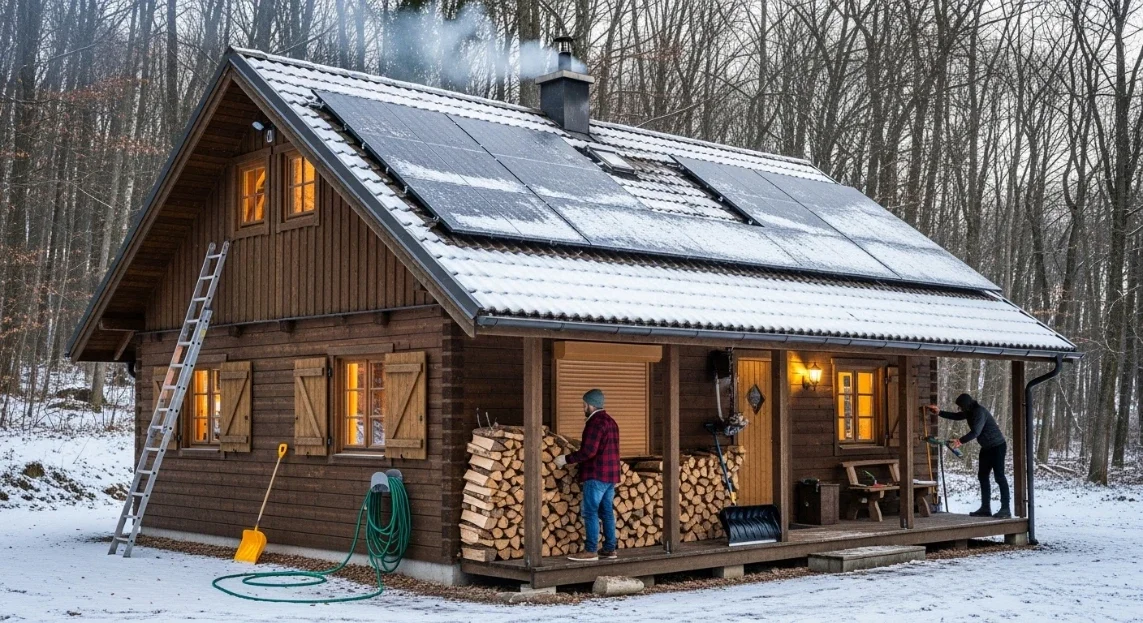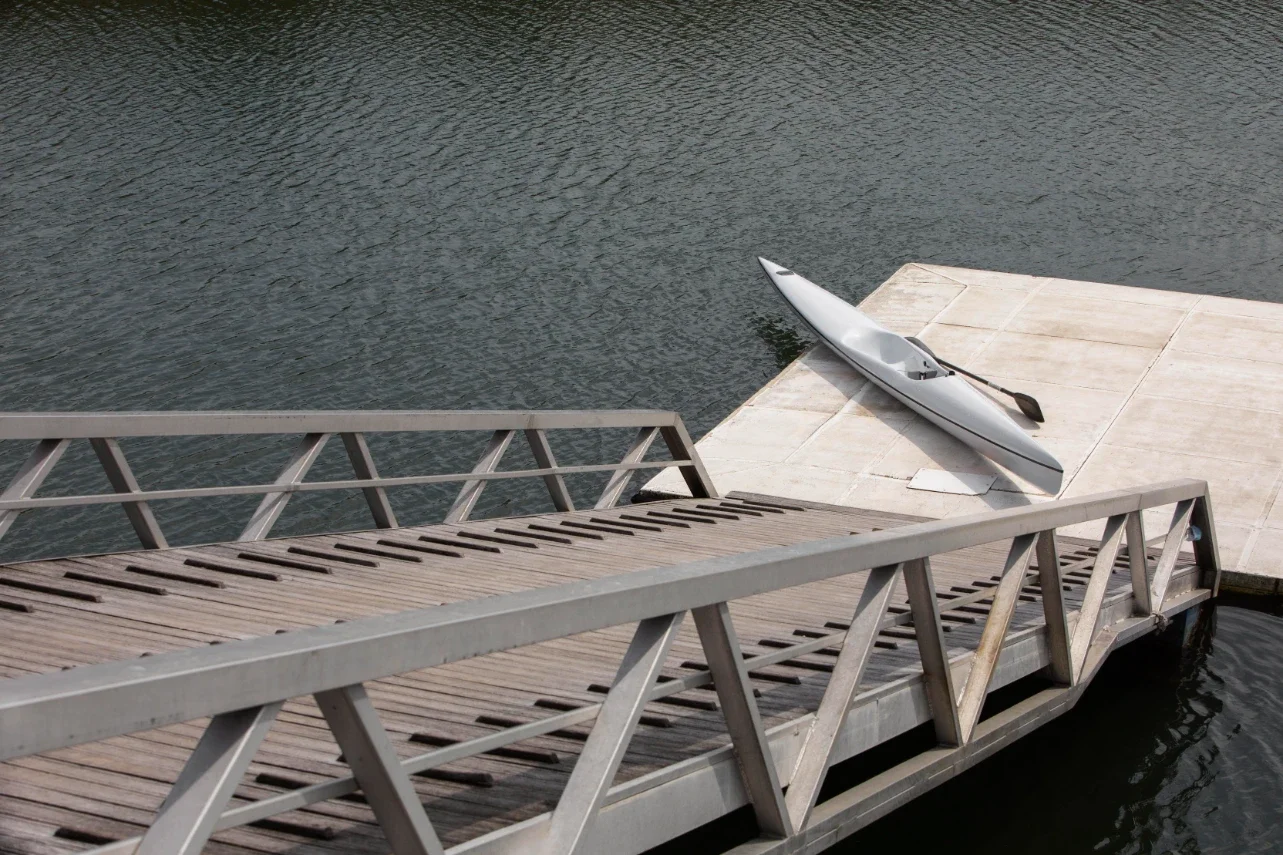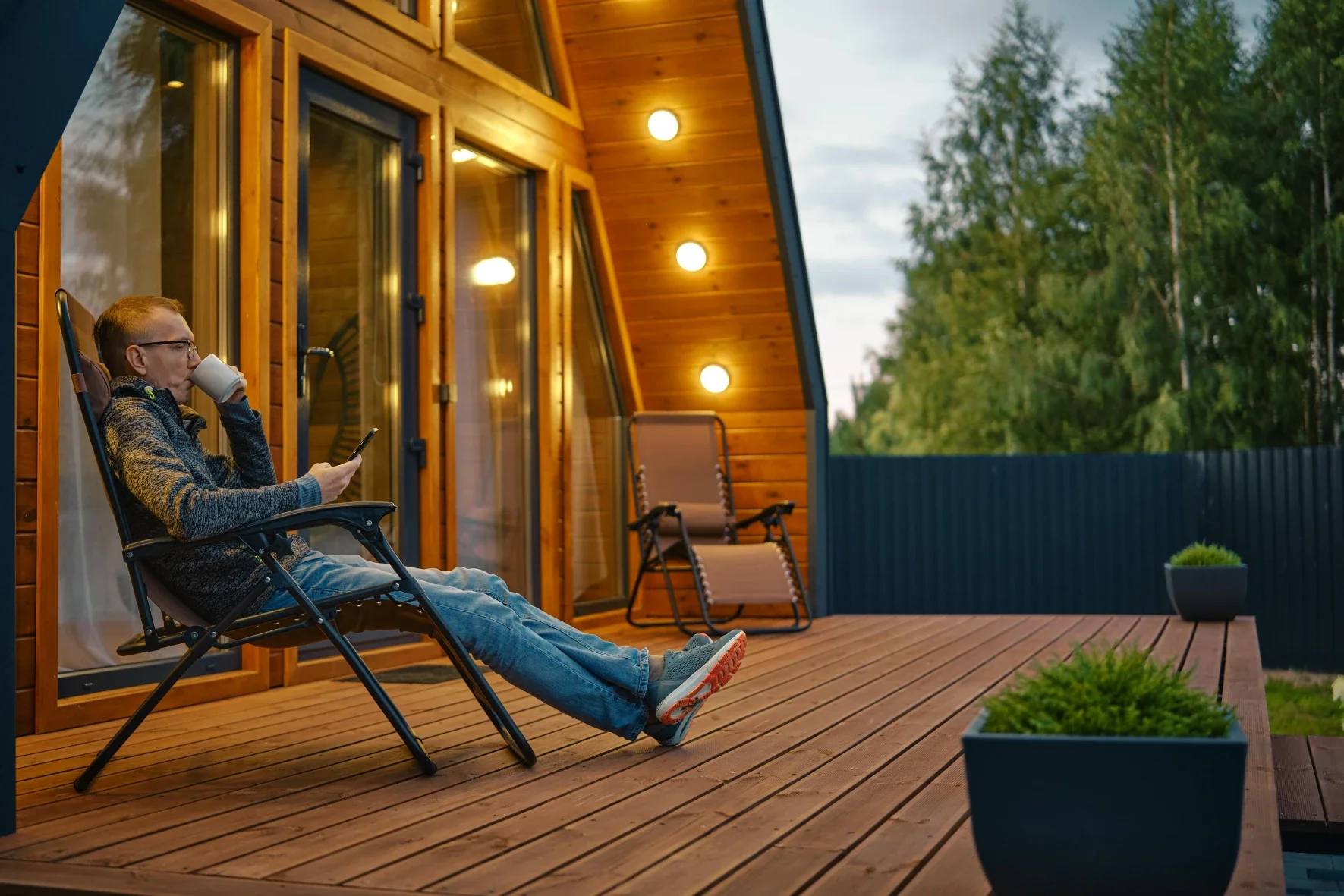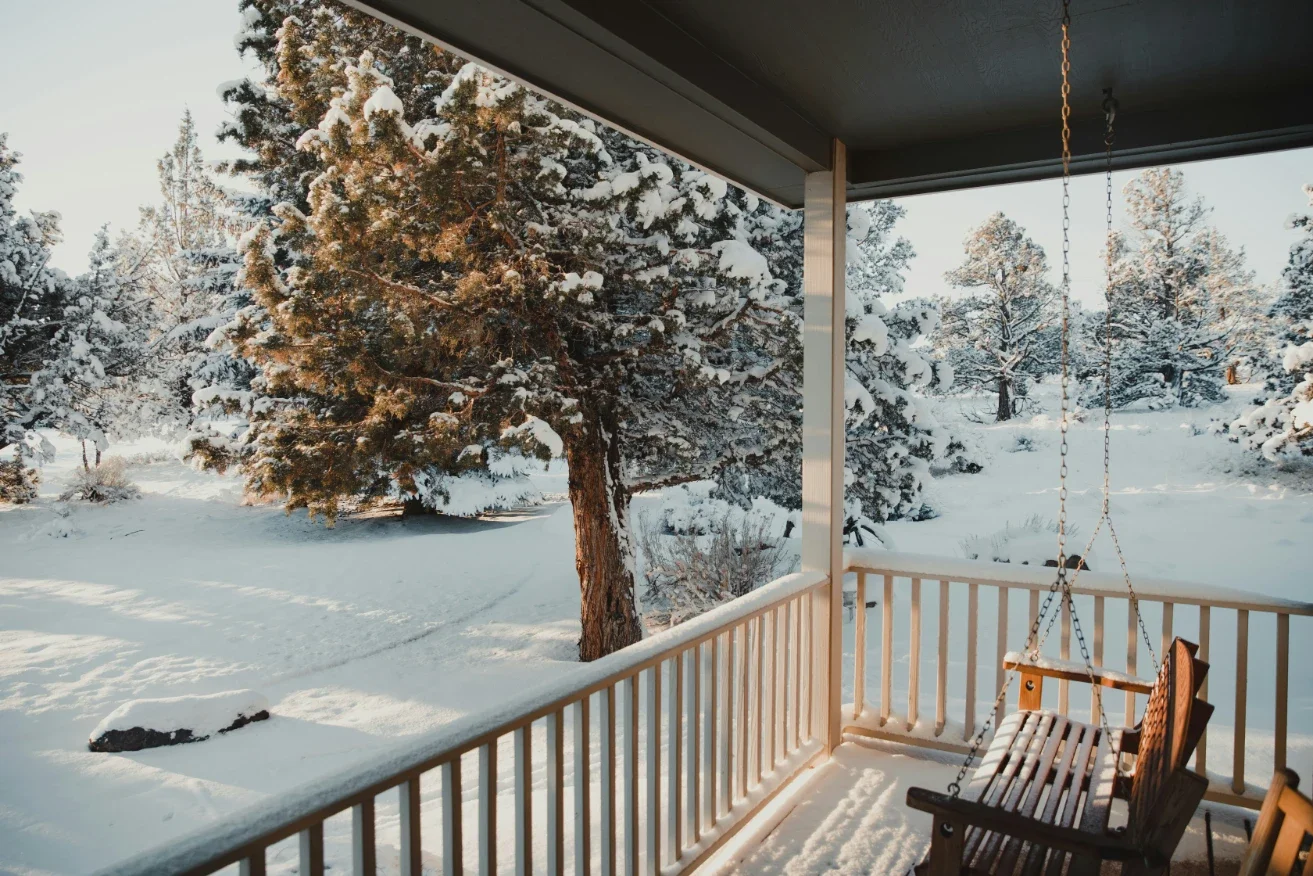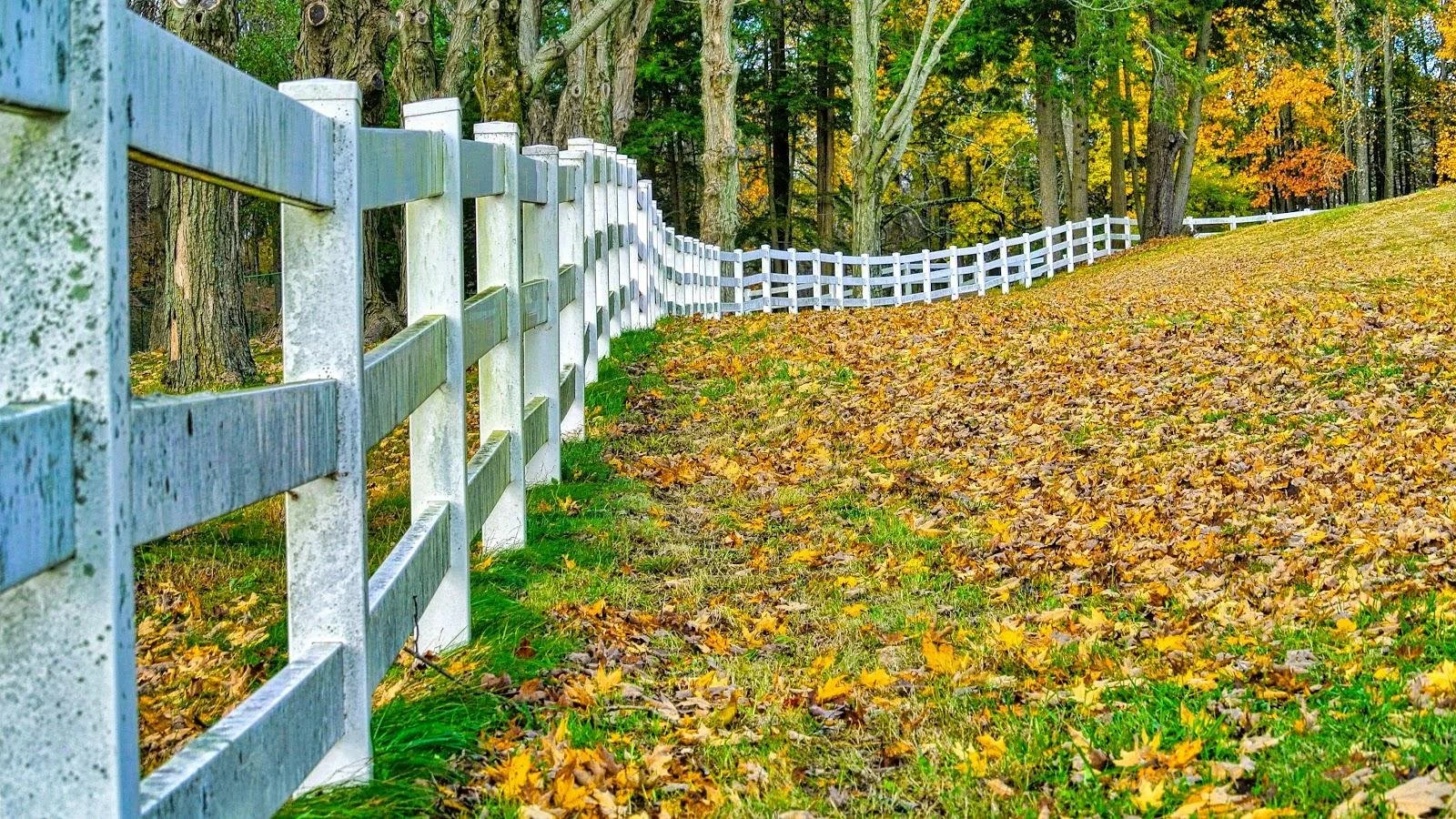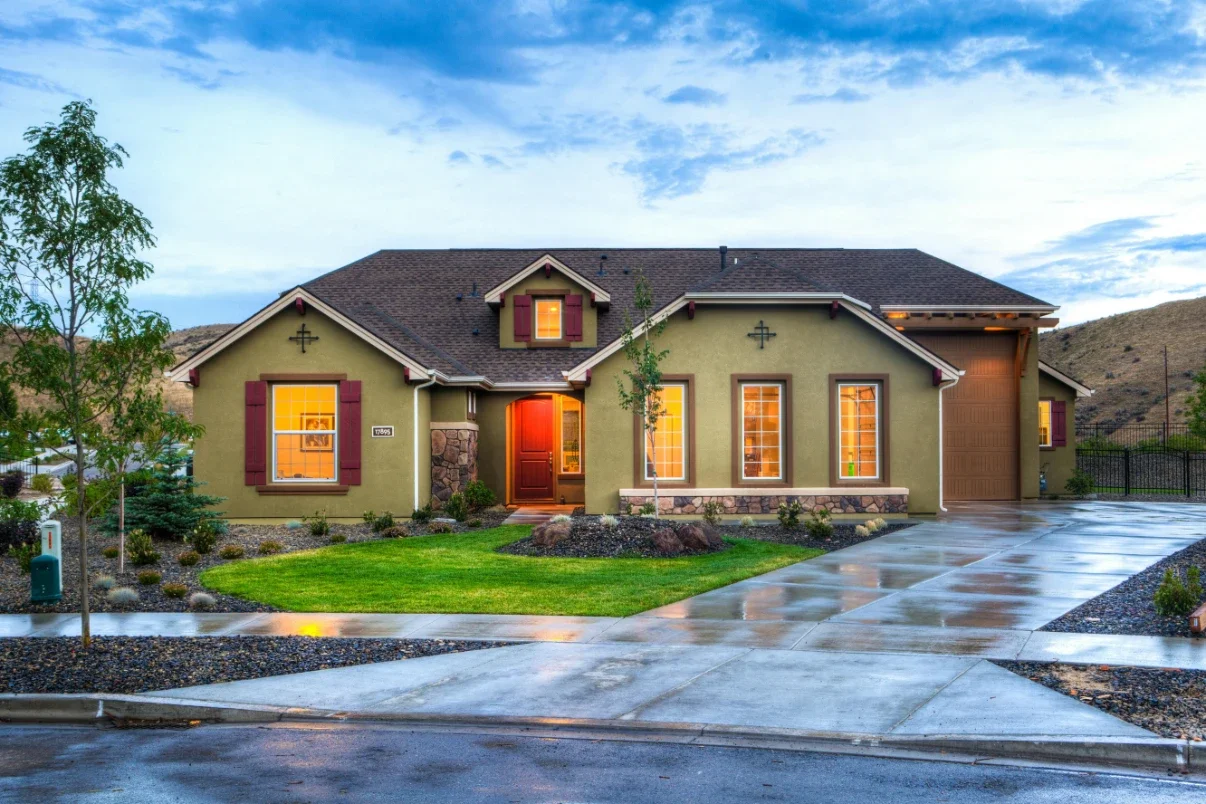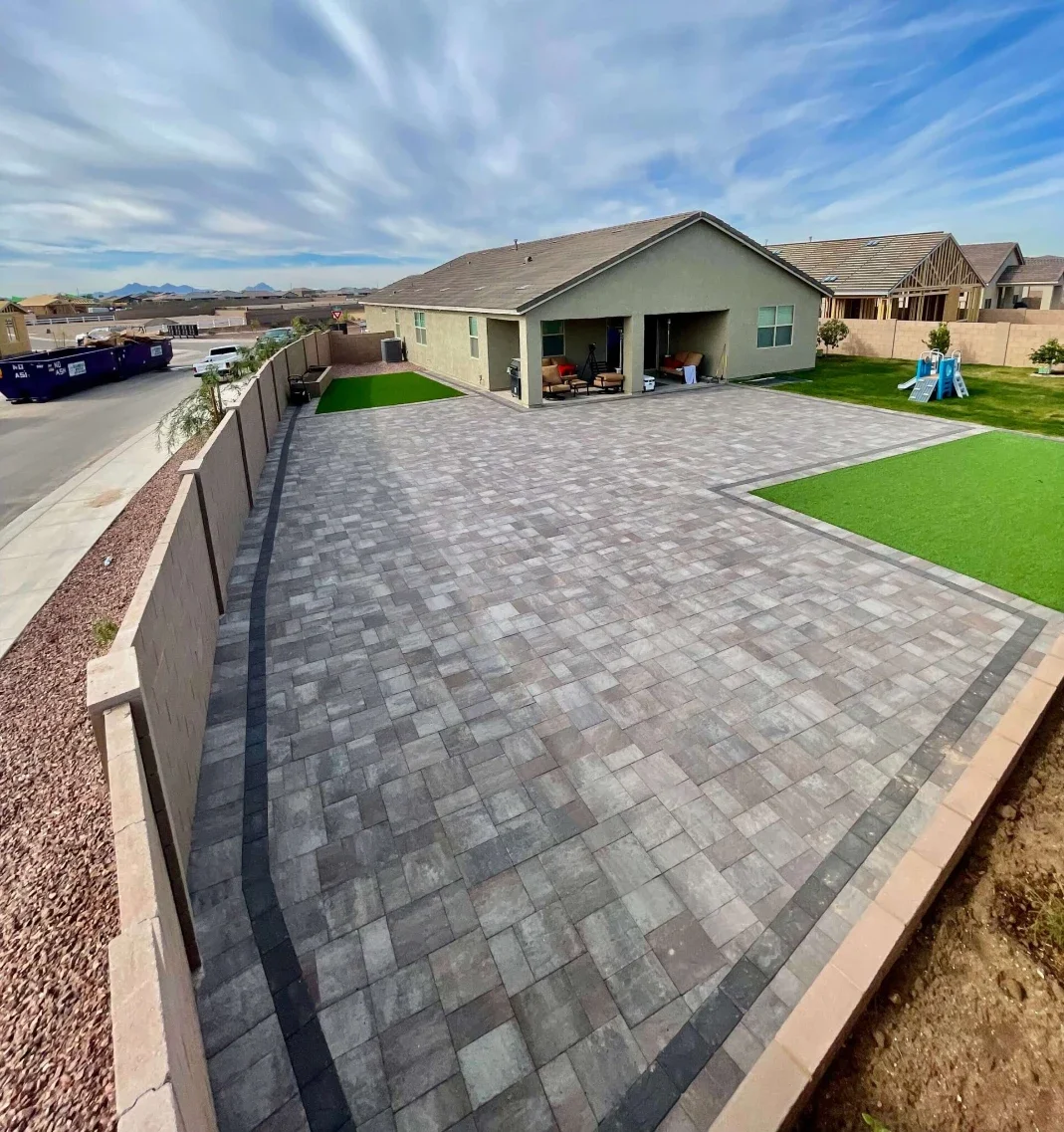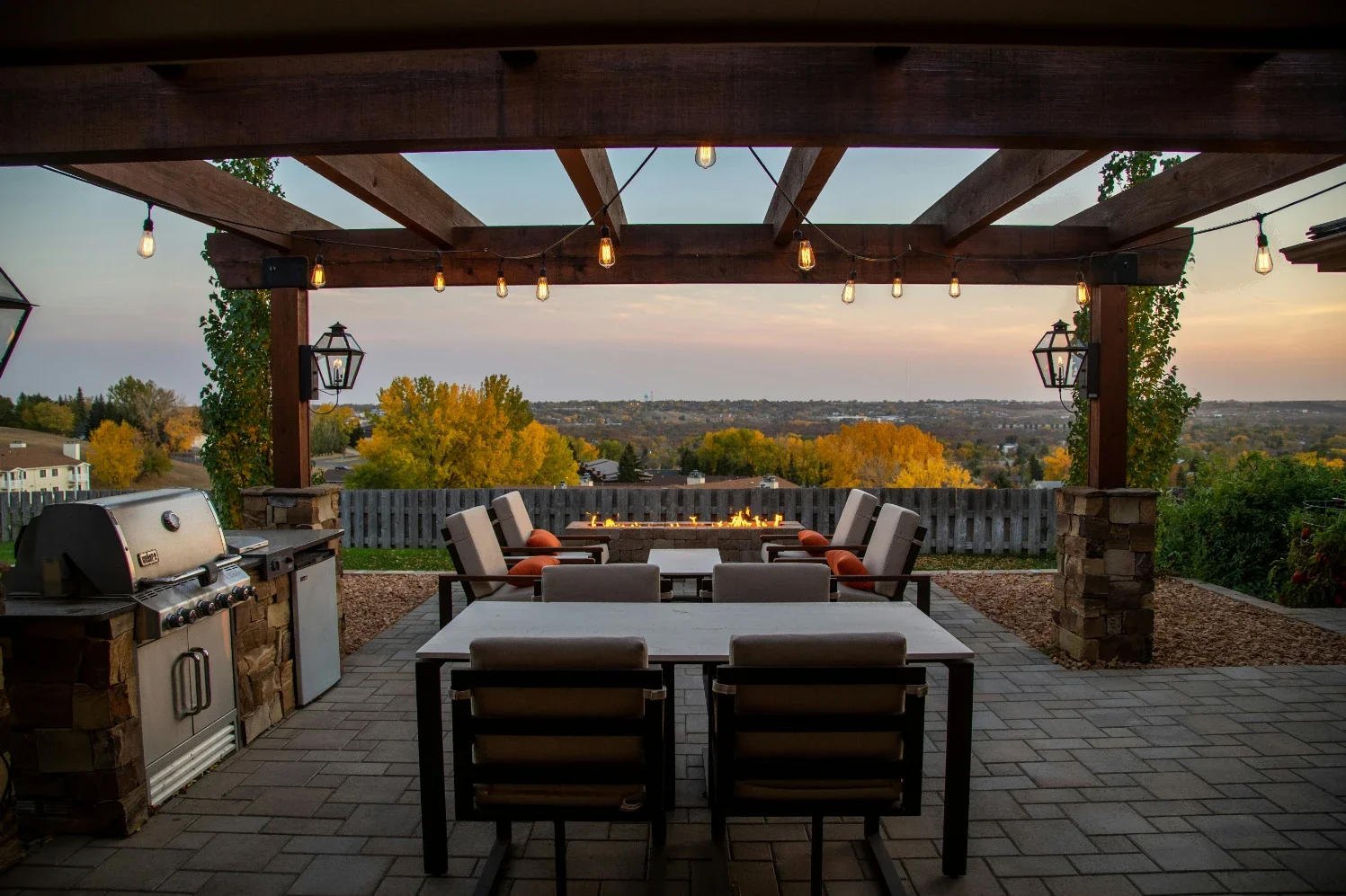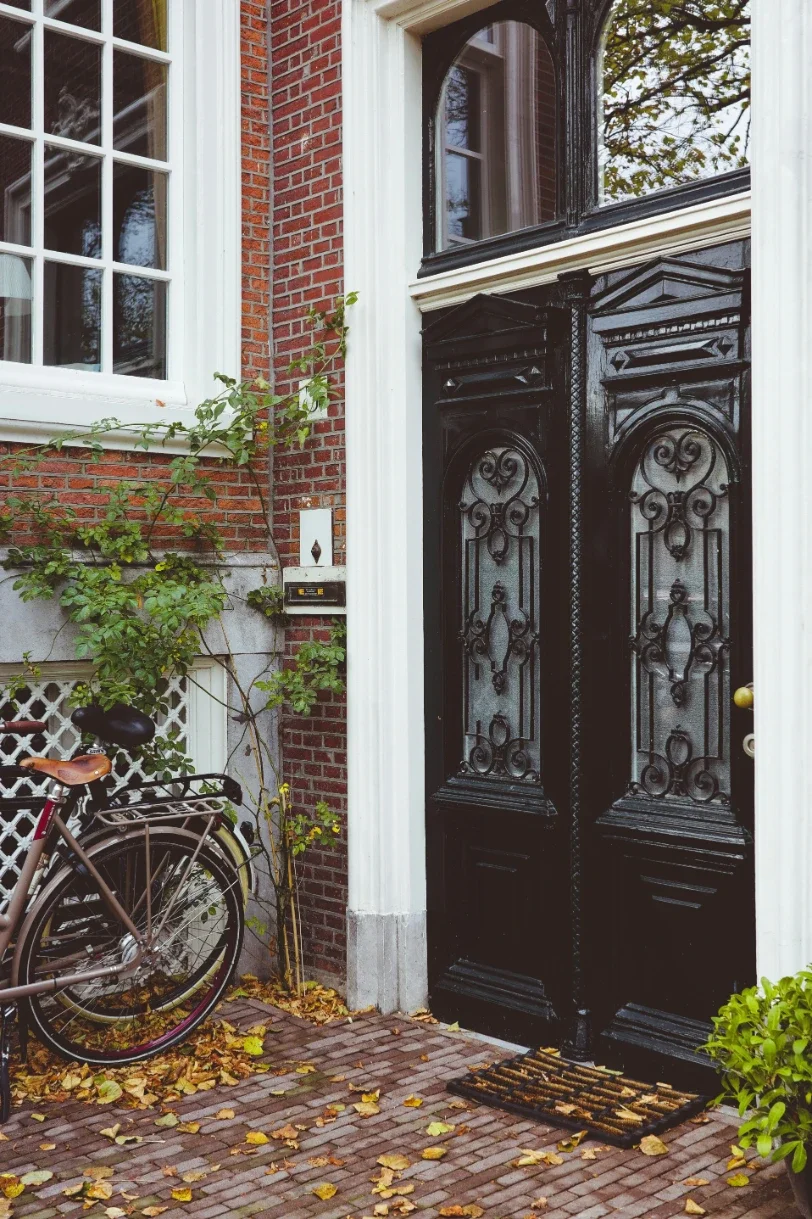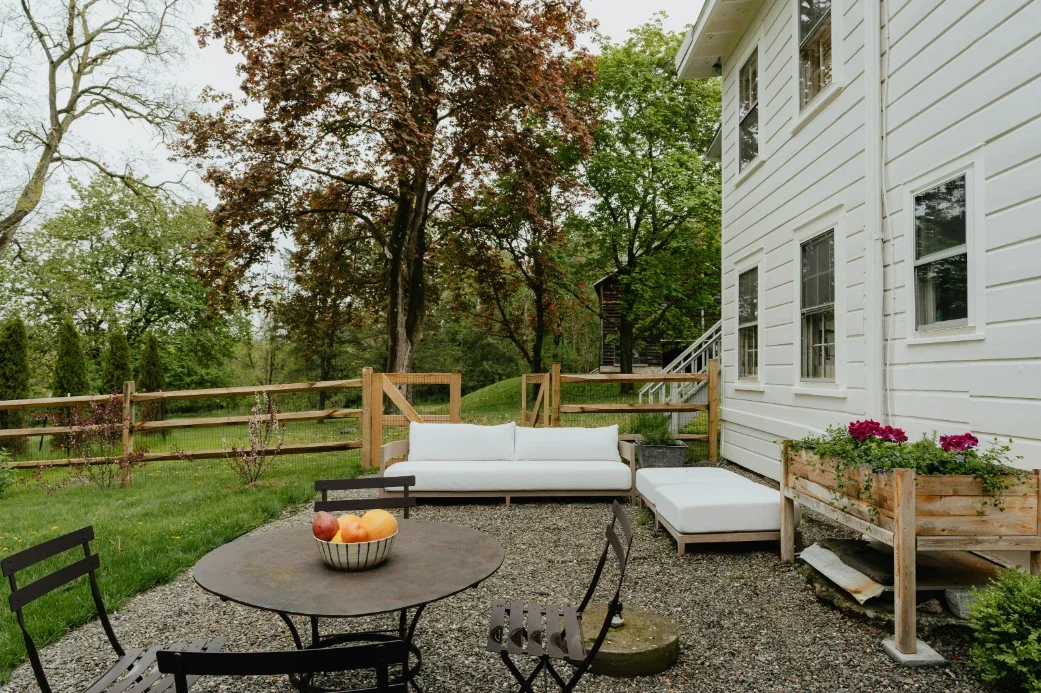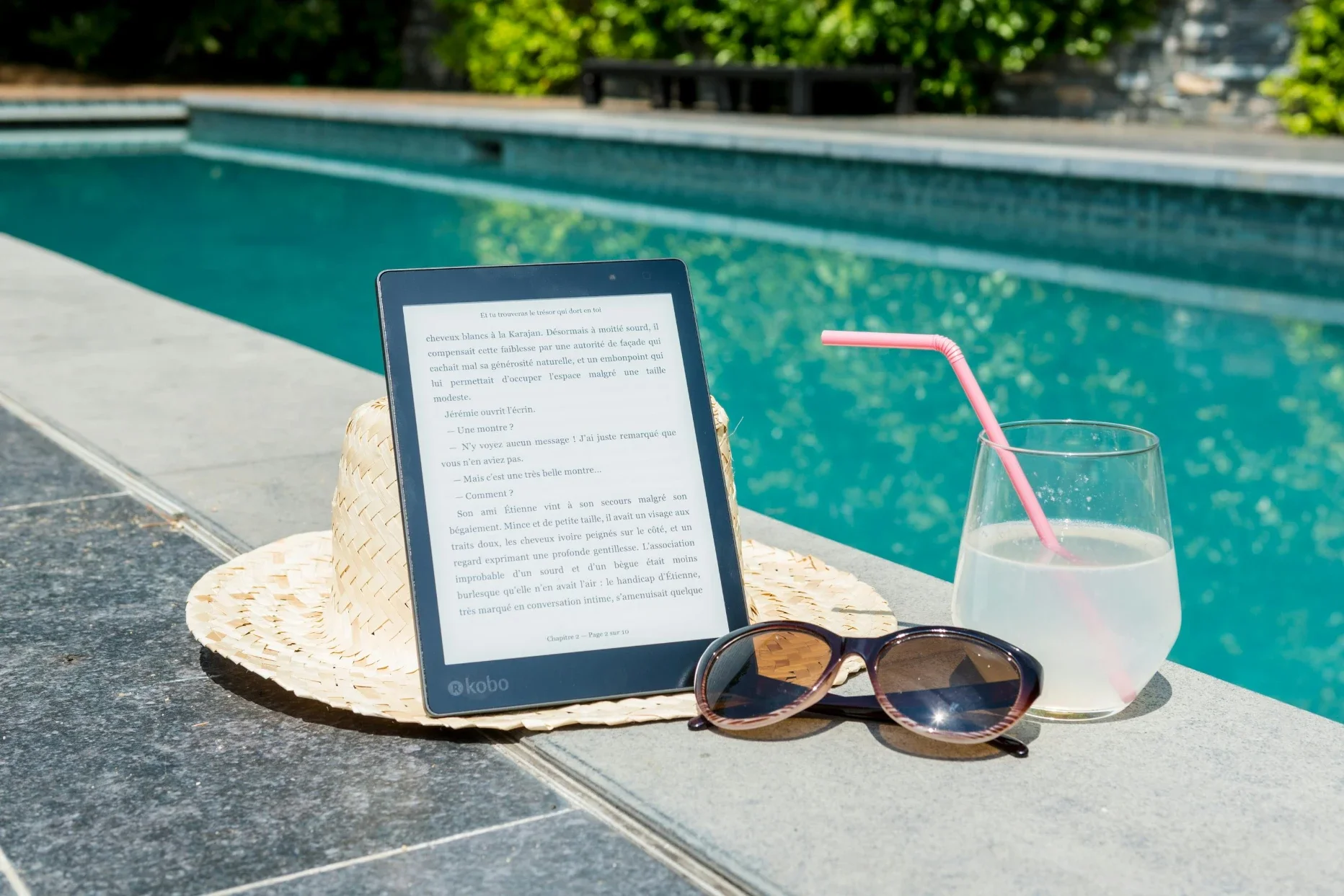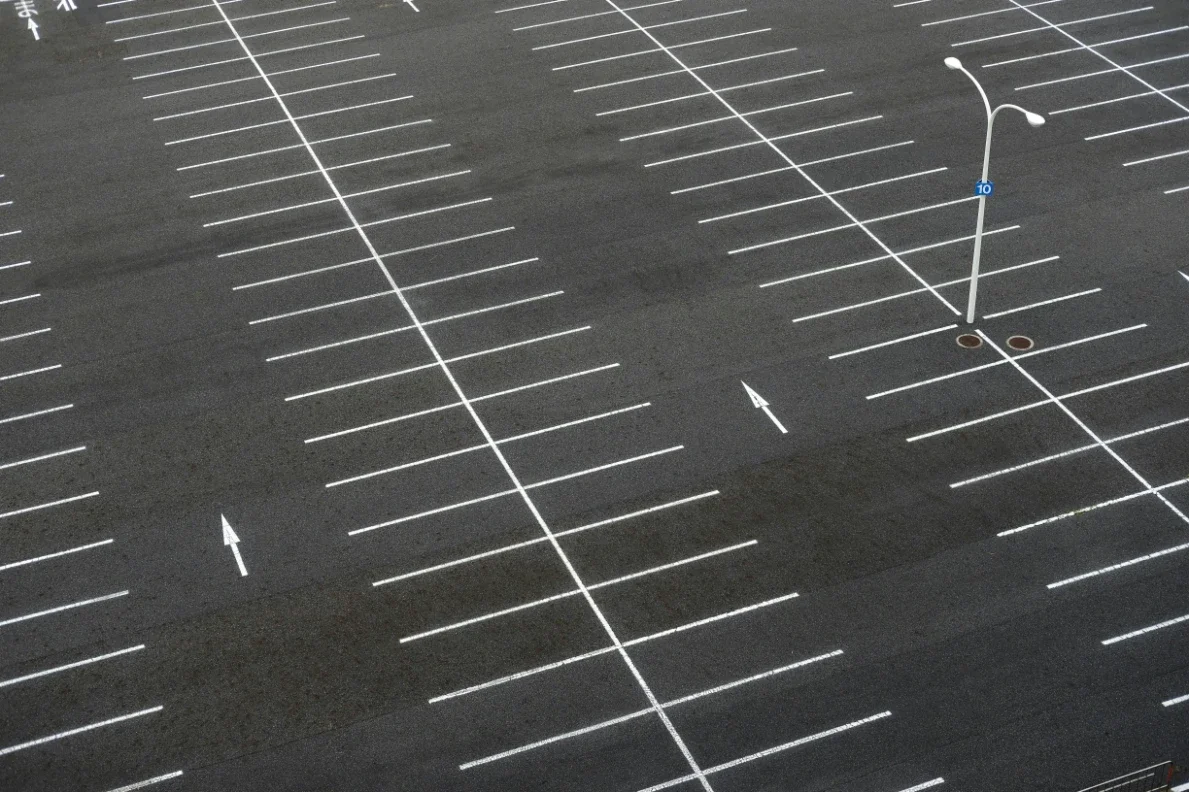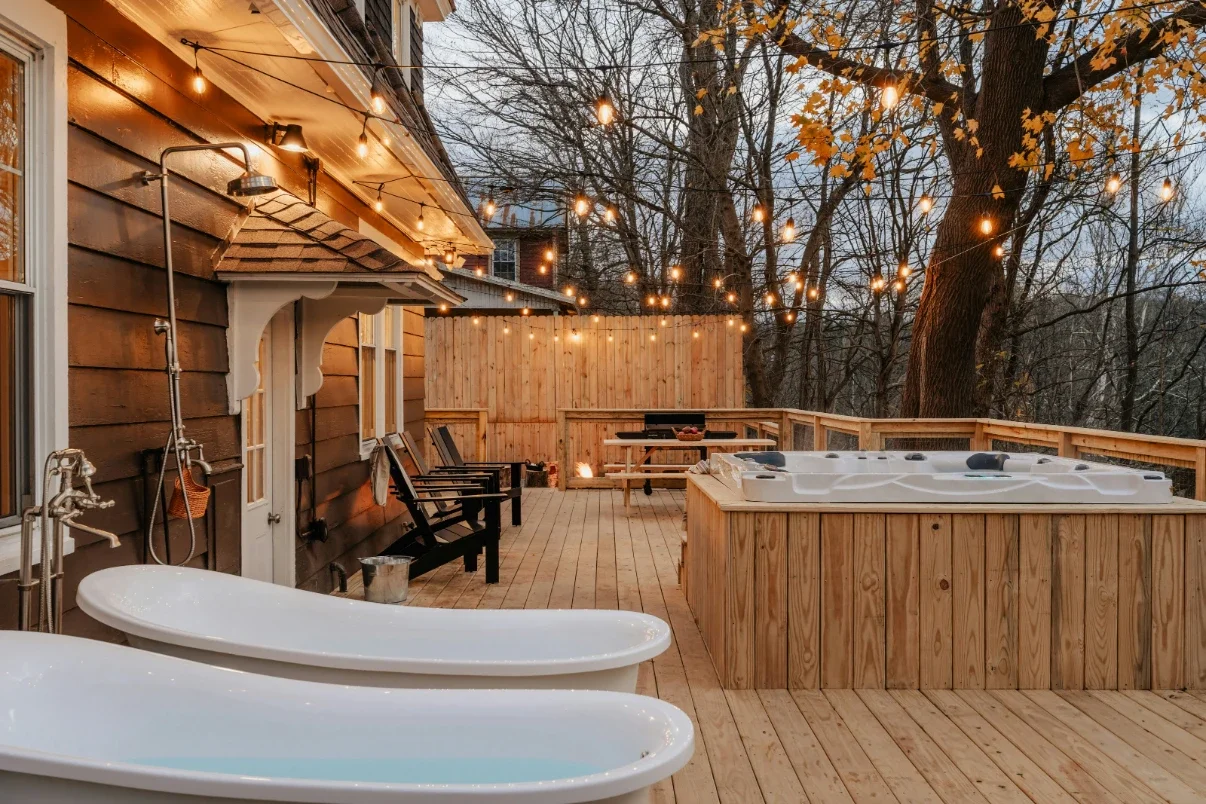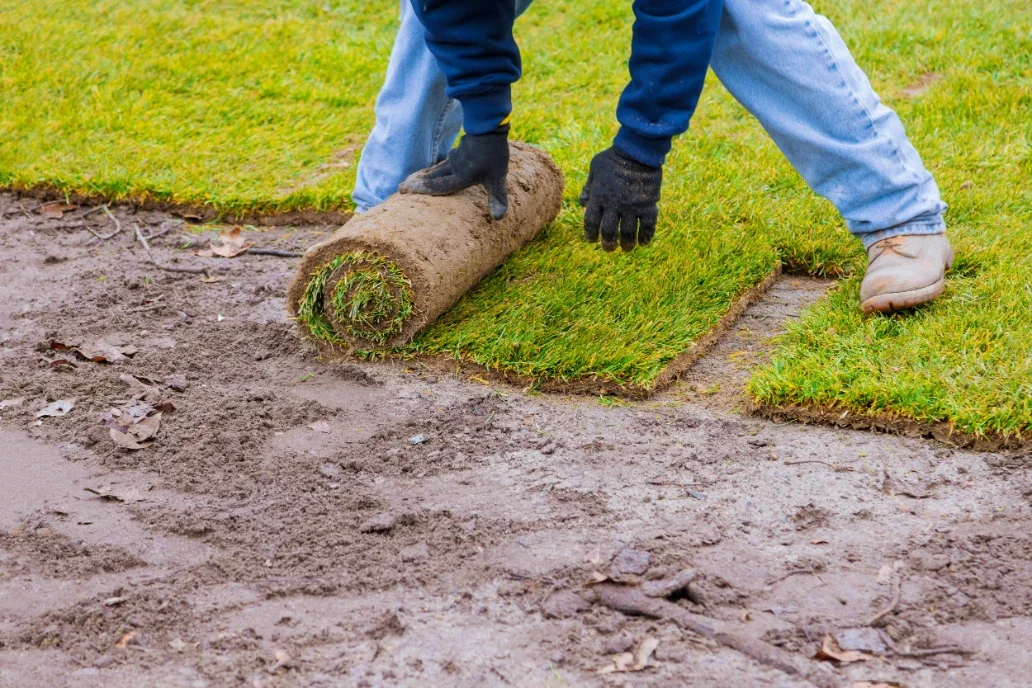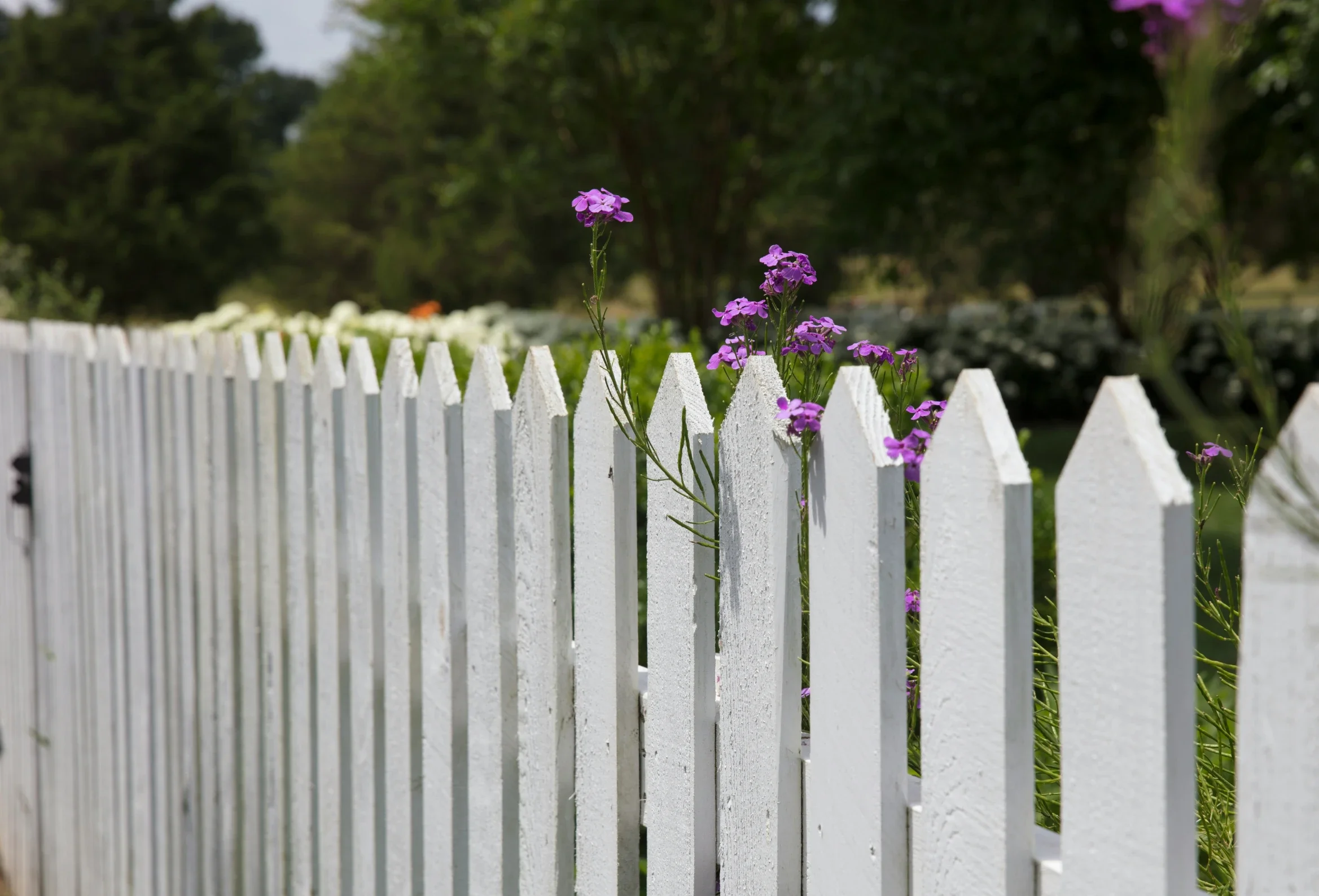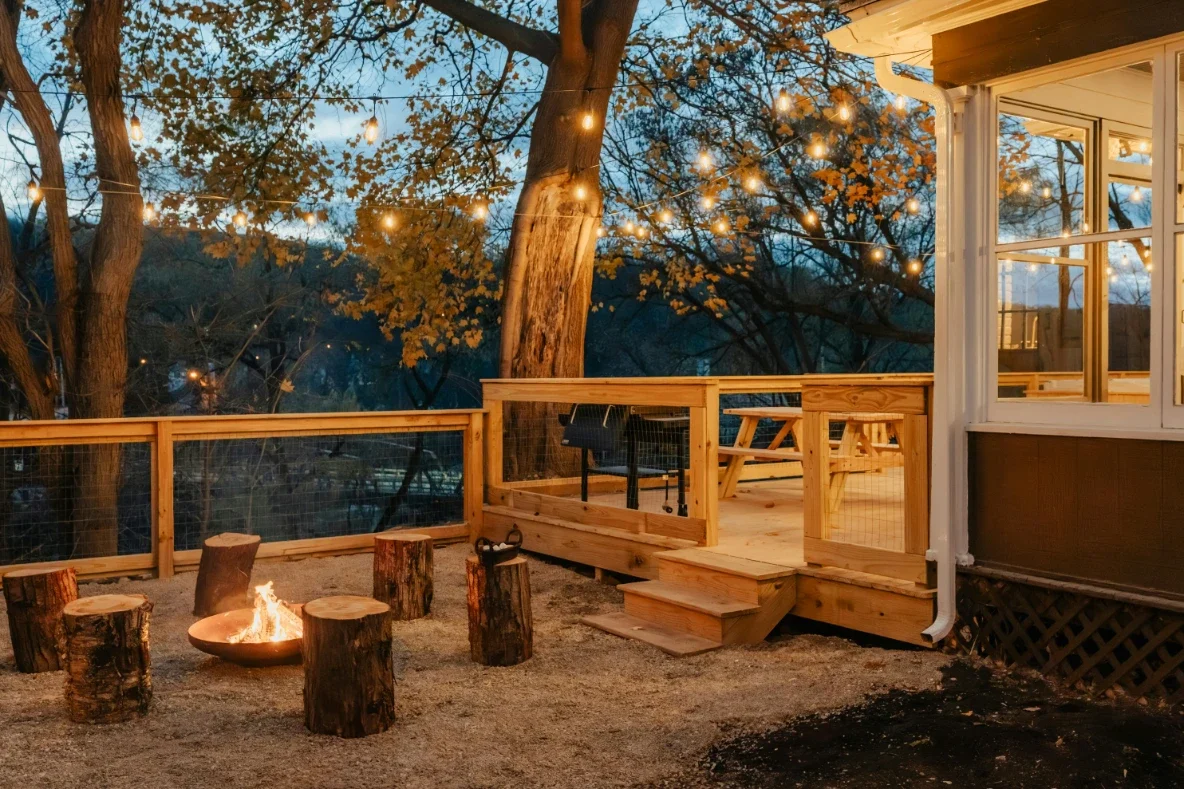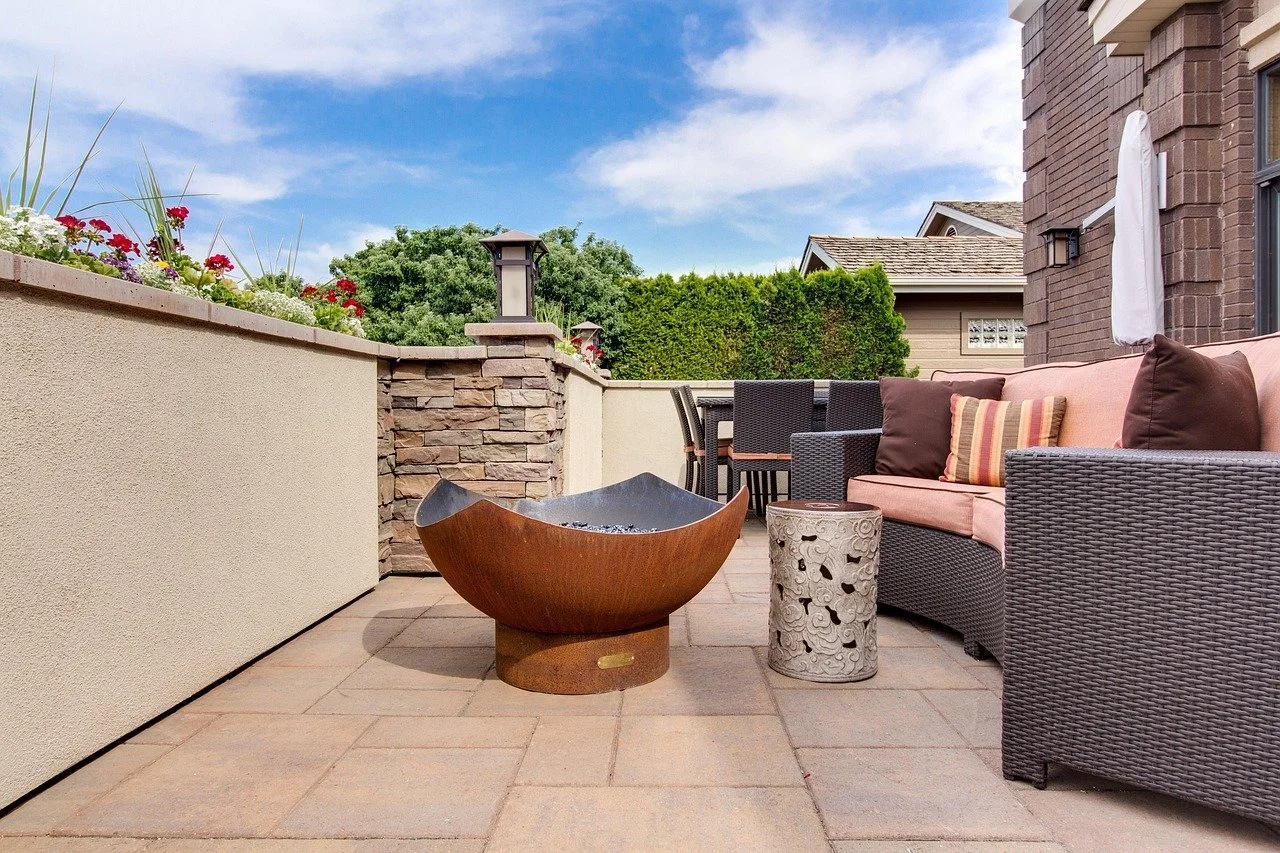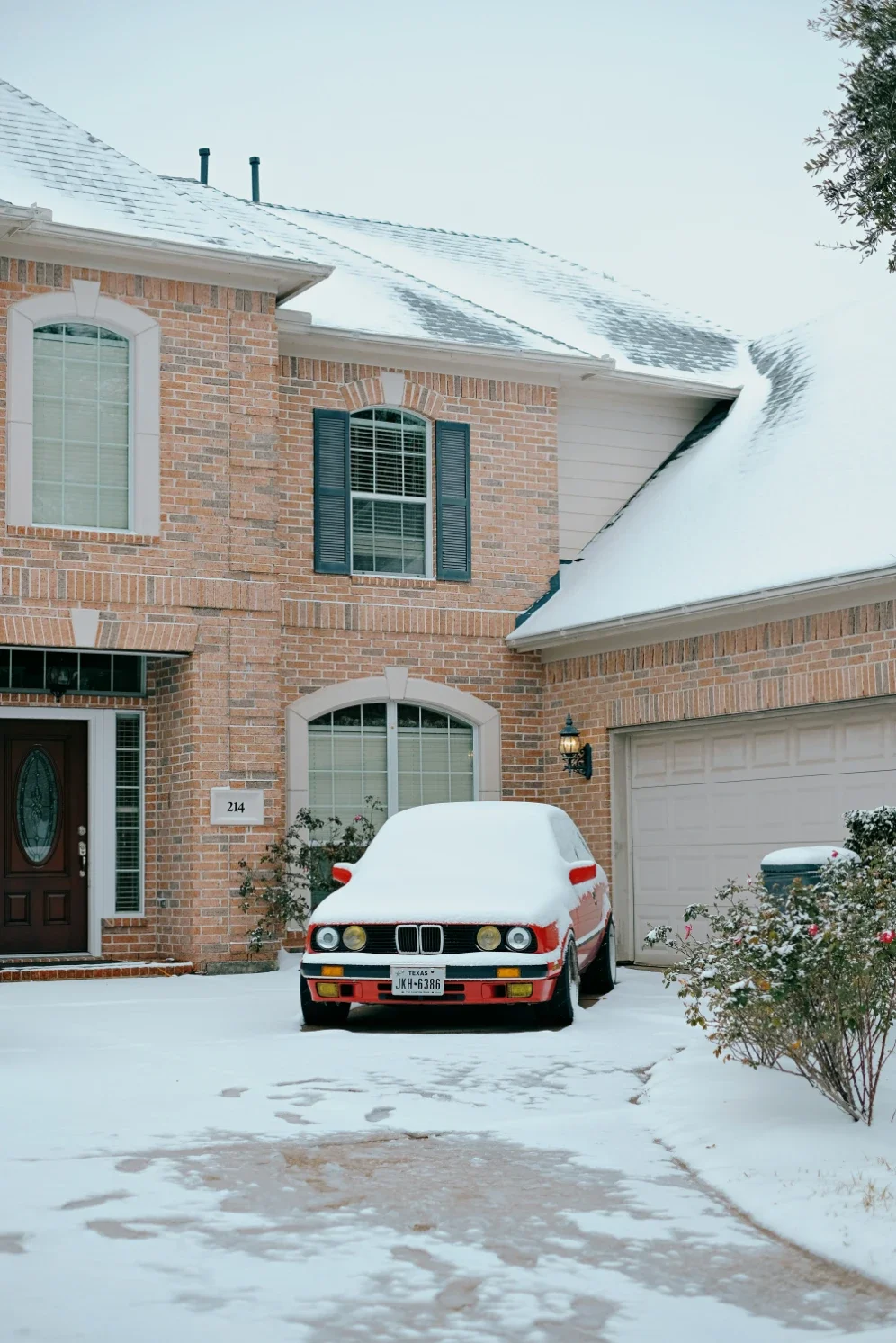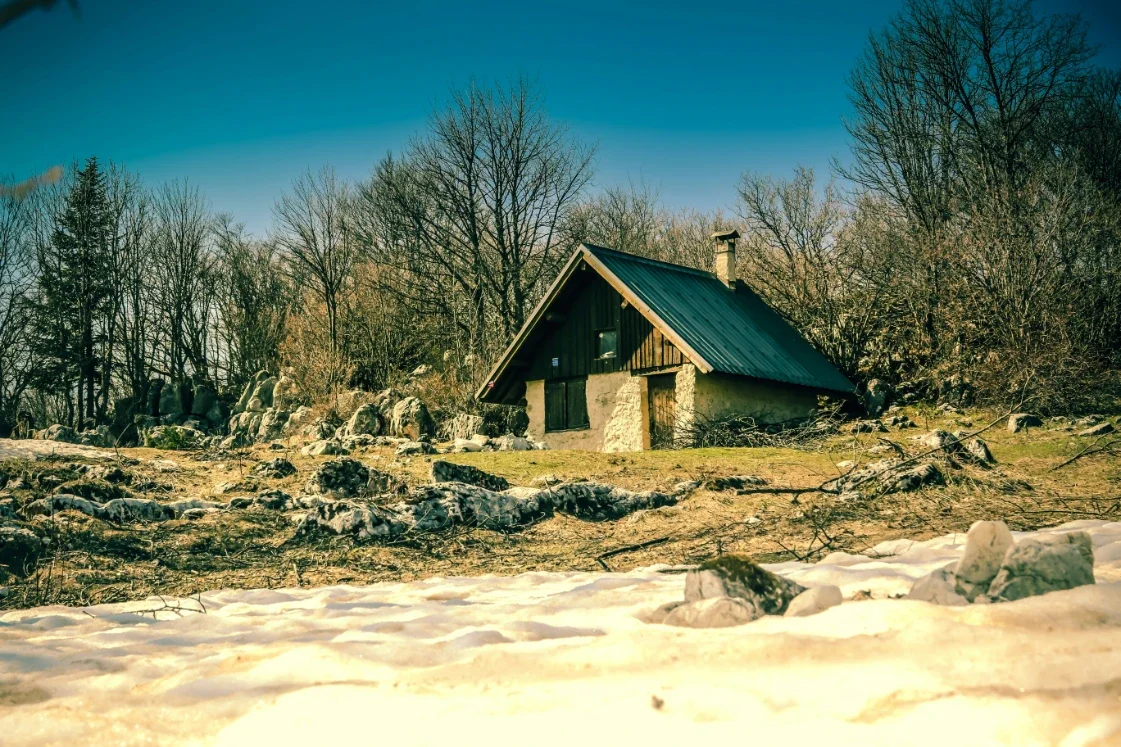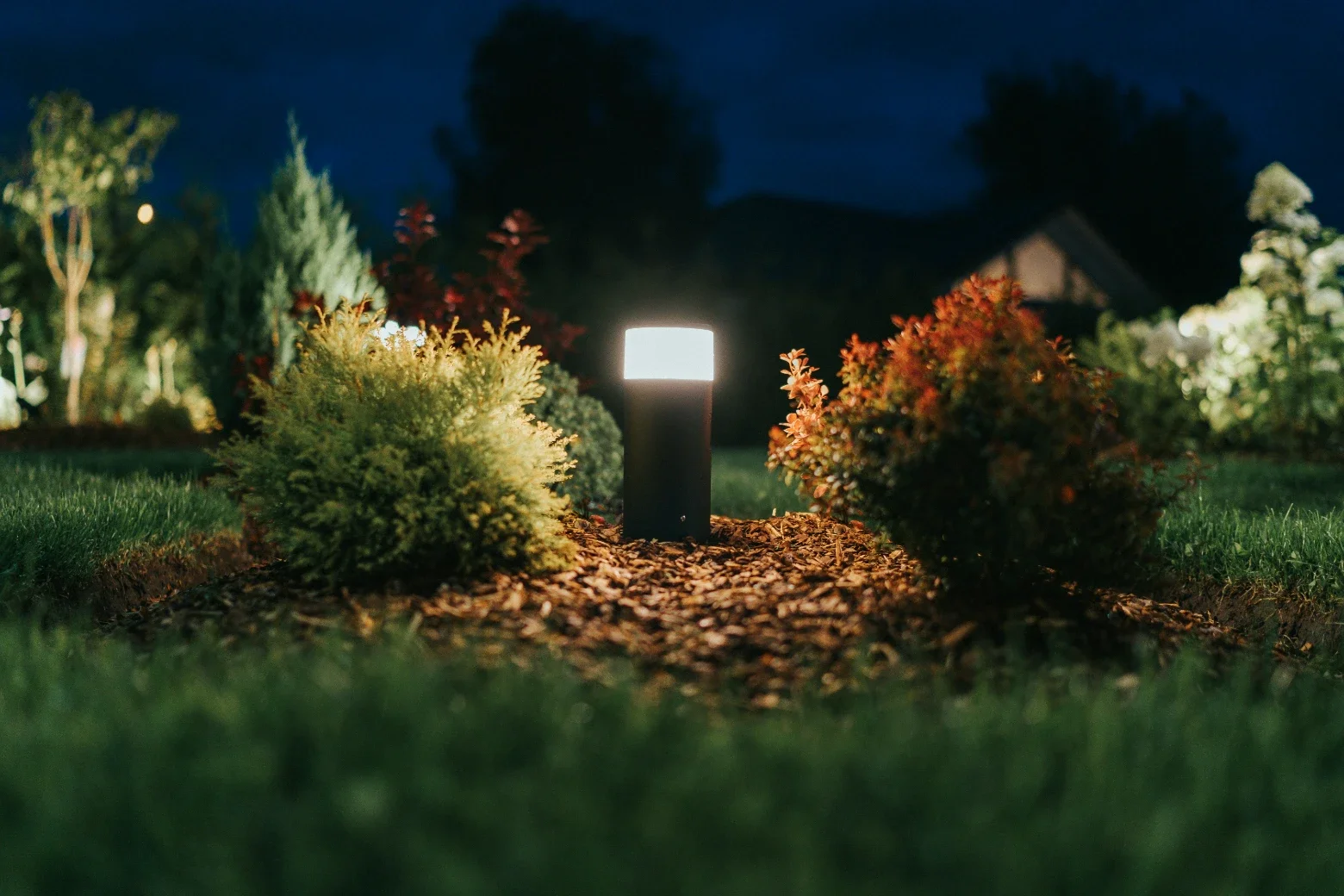Winterizing Cabin Checklist: Step-by-Step Guide for a Safe Off-Season
Follow this step-by-step winterizing cabin checklist to protect your property, prevent damage, and ensure a safe, worry-free off-season.
Cabin owners know the drill: as soon as the temperature drops, the risks pile up. Frozen pipes, pests looking for a cozy hideout, and the ever-present threat of break-ins—any one of these can turn a quiet getaway into a money pit.
Miss just one item on the winter prep list, and the consequences can be ugly: water damage, mold, or repairs that drag on for months. That’s why a winterizing cabin checklist isn’t just helpful—it’s essential for anyone hoping to avoid a springtime mess.
This guide doesn’t leave anything out:
Plumbing and water system shutdown (the big one)
HVAC, insulation, and climate control (because pipes don’t freeze themselves)
Security, pest prevention, and valuables (thieves and raccoons don’t take the winter off)
Kitchen, appliances, and property maintenance (the details that get overlooked)
Why Winterizing Your Cabin Matters
It’s tempting to think a cabin can tough out the winter on its own. After all, it’s just a building, right? But winter has a way of finding every weakness. Freezing temperatures can split pipes wide open, pests can squeeze through the tiniest cracks, and a dark, empty property can catch the eye of someone with bad intentions.
Insurance might cover some of the mess, but the process is rarely quick or painless. So, is winterizing worth the hassle? Most would say yes, but the real answer only shows up in spring.
Plumbing and Water System Shutdown
Water damage: the silent (and expensive) enemy of every cabin owner. When water freezes, it expands—pipes don’t stand a chance. That’s why shutting down and draining the water system isn’t just a box to check; it’s the single most important step in the whole process. Miss it, and the rest barely matters.
Main Water Shutoff and Draining
Turning off the main water supply and draining every last drop from the system is the only way to keep pipes from bursting. Fixtures, appliances, even the humble toilet—all need attention.
Step-by-Step Shutoff and Draining Process
Locate the Main Shutoff Valve:
Usually found where the water line enters the cabin. Turn it off—completely. No half-measures here.Open All Faucets:
Start at the top (literally—the highest faucet) and work down. This breaks the vacuum and lets water escape.Drain Toilets and Tanks:
Flush each toilet to empty the tank and bowl. Any water left? Sponge or wet/dry vac it out.Drain Water Heater:
Turn it off, let it cool, then open the drain valve and a hot water faucet. Air in, water out.Check for Low Points:
Open any drain valves at the lowest point in the plumbing. Water loves to hide—don’t let it.
But even with all that, water can linger in the oddest places. Is it ever possible to get every drop? Some plumbers say yes; others aren’t so sure.
Using RV Antifreeze in Toilets and Traps
After draining, pour RV or marine antifreeze into every toilet bowl, tank, and sink or tub trap. This stuff keeps any leftover water from freezing and cracking porcelain or pipes. Only use antifreeze labeled safe for plumbing—no shortcuts.
Appliance Water Lines (Dishwasher, Washing Machine, Fridge)
Appliances are sneaky. Even after draining, they can hold enough water to cause trouble. Each one needs its own approach.
Disconnecting and Draining Each Appliance
Dishwasher:
Turn off the hot water valve, disconnect the supply hose, and let it drain. Run a short cycle to clear out the rest.Washing Machine:
Disconnect both hoses. Run a drain/spin cycle. Add a cup of RV antifreeze to the drum and run a short cycle to spread it around.Refrigerator with Ice Maker/Water Dispenser:
Turn off the water supply, disconnect the line, and let it drain. Clean out the ice bin.
And yet, even with all this, a missed hose or hidden puddle can spell disaster. Is it overkill? Maybe. But the alternative is worse.
Mistakes to Avoid
Missing a shutoff valve or leaving water in a low spot—classic recipe for burst pipes.
Skipping antifreeze in traps and toilets? That’s a common oversight.
Not labeling winterized taps can lead to someone turning the water back on by accident.
No one wants to be the cautionary tale.
HVAC, Insulation, and Climate Control
Keeping the inside of a cabin just warm enough is a balancing act. Too cold, and pipes freeze. Too warm, and energy bills skyrocket. And then there’s mold—always lurking if the air gets too damp. In this case, a solar inverter is ideal for running the house and is not overly dependent on the grid.
Thermostat Settings and Smart Controls
Set the thermostat too low, and it’s a gamble. Too high, and it’s just wasteful. Smart thermostats? They promise peace of mind, but only if the Wi-Fi holds up.
Recommended Temperature Settings
Set the thermostat to 50–55°F (10–13°C). That’s the sweet spot for most cabins.
For those with advanced systems, smart controls let you monitor and adjust from anywhere.
But what if the power goes out? That’s a question no one likes to answer.
Benefits of Smart Thermostats
Get alerts if the temperature drops unexpectedly.
Adjust settings from a phone if the weather takes a turn.
Some models even work with security systems for extra reassurance.
Of course, technology can fail. Old-schoolers still swear by a simple, reliable dial.
HVAC Inspection and Maintenance
A neglected HVAC system is just waiting to quit at the worst possible moment. Fall is the time for a tune-up—before the snow flies.
Cleaning, Filter Replacement, and Vacation Mode
Replace filters for better airflow.
Clean vents and ducts to keep dust at bay.
If there’s a vacation mode, use it to balance savings and freeze protection.
When to Leave Heat On vs. Off
Leave the heat on if the area gets deep freezes. For those using alternative heating—such as PTAC HVAC units—ensure they’re set to maintain a safe minimum temperature and are in good working condition.
But is it ever safe to turn the heat off completely? Some say yes, but most insurance policies disagree.
Kitchen, Appliances, and Interior Prep
Food, appliances, and even curtains can cause problems if ignored. Rodents love crumbs, and appliances can develop odors—or worse, start a fire—if not properly shut down.
Cleaning Out the Kitchen
A spotless kitchen is less likely to attract rodents or develop strange smells. But even the cleanest cabin can get a mouse or two.
While you’re giving your cabin’s interior a once-over, it’s also a good time to inspect your floors for gaps or wear. Properly sealed and durable flooring—like hardwood flooring stands up better to temperature changes and moisture during the off-season.
Removing Perishables and Freeze-Prone Items
Take out all food, even canned goods (they can freeze and burst).
Anything that might spoil or attract pests? Remove it or toss it.
Cleaning and Deodorizing Fridge/Freezer
Defrost and clean both.
Prop doors open with a broom handle or towel to prevent mold and odors.
Security, Valuables, and Pest Prevention
An empty cabin can be a magnet for trouble—both human and animal. Locks, lights, and a little planning go a long way, but nothing’s foolproof.
Locking Up and Securing Entry Points
Strong locks and visible deterrents help, but determined thieves aren’t easily stopped.
Best Practices for Doors, Windows, and Outbuildings
Check and reinforce all locks.
Secure sheds and outbuildings with padlocks.
Use timers for exterior lights to mimic occupancy.
But does any of this really stop a break-in? Sometimes, it’s just about making the cabin less appealing than the next one.
Timers, Alarms, and Cameras
Motion-activated lights and security cameras add another layer. Alarms and smart sensors? Even better—if they’re set up right.
Pest and Odor Prevention
Rodents and insects are relentless in winter. Once they’re in, getting rid of them is a headache.
Deep Cleaning, Traps, and Deterrents
Clean everywhere, especially under appliances.
Set traps and use deterrents like mothballs or dryer sheets in closets.
Seal gaps with steel wool or caulk.
But even the best efforts can’t guarantee a pest-free winter. Nature always finds a way.
Exterior, Yard, and Maintenance
Ignore the outside, and spring might bring more than just melting snow—think water damage, vandalism, or repairs that eat up the whole season.
Lawn, Gutters, and Roof
A tidy yard and solid roof keep water and trouble out. But even the best-maintained property can take a beating from winter storms.
Mowing, Cleaning, and Inspecting for Leaks
Mow and trim to deter pests and vandals.
Clean gutters and downspouts for proper drainage.
Inspect the roof for missing shingles or leaks. Binoculars or a drone can help.
Storing Outdoor Furniture and Tools
Store everything in a locked shed or garage. Drain hoses and winterize gas-powered tools by running them dry.
Snow Removal and Emergency Access
Heavy snow can block access and damage roofs. Arranging for plowing or shoveling is a must.
Arranging for Plowing or Shoveling
Set up snow removal services or ask a neighbor.
Keep shovels and de-icing salt handy.
Providing Keys to Trusted Neighbors
Give a spare key to someone reliable for emergencies. But even then, there’s no guarantee they’ll be around when needed.
Maintenance, Monitoring, and Final Checks
A last-minute walkthrough can catch what the checklist missed. But even the most careful prep can’t predict every problem.
Final Walkthrough and Checklist
A final check is the last line of defense.
Last-Minute Checks Before Leaving
Confirm all water is drained and antifreeze added.
Double-check all locks.
Unplug everything.
Set thermostat and timers.
Printable Checklist for Reference
A printed or digital checklist helps keep things on track year after year. But even the best lists need updating as things change.
Remote Monitoring and Emergency Contacts
Technology and community can help, but neither is perfect.
Using Cameras, Sensors, and Neighbor Check-Ins
Install remote cameras or sensors for updates.
Ask neighbors to check after storms or outages.
Leave emergency contact info with someone local.
But what if the power goes out or the neighbor’s away? There’s always a risk.
FAQs
How to properly winterize a cabin?
Proper winterization means shutting off and draining the water supply, adding RV antifreeze to toilets and traps, setting the thermostat above freezing, unplugging appliances, deep cleaning, and securing all entry points.
What temperature should a cabin be kept at in winter?
Most sources recommend 50–55°F (10–13°C) to keep pipes from freezing and mold at bay. Smart thermostats or PTAC HVAC units can help maintain this range and allow for remote monitoring. But what if the power fails? That’s a risk every cabin owner faces.
What are the most common mistakes when winterizing a cabin?
The usual suspects: not draining all water from pipes and appliances, skipping antifreeze in traps, leaving food behind, forgetting to unplug electronics, or missing a lock on a window. Exterior maintenance—like gutters and roof checks—often gets overlooked too. Even the most careful prep can miss something.

